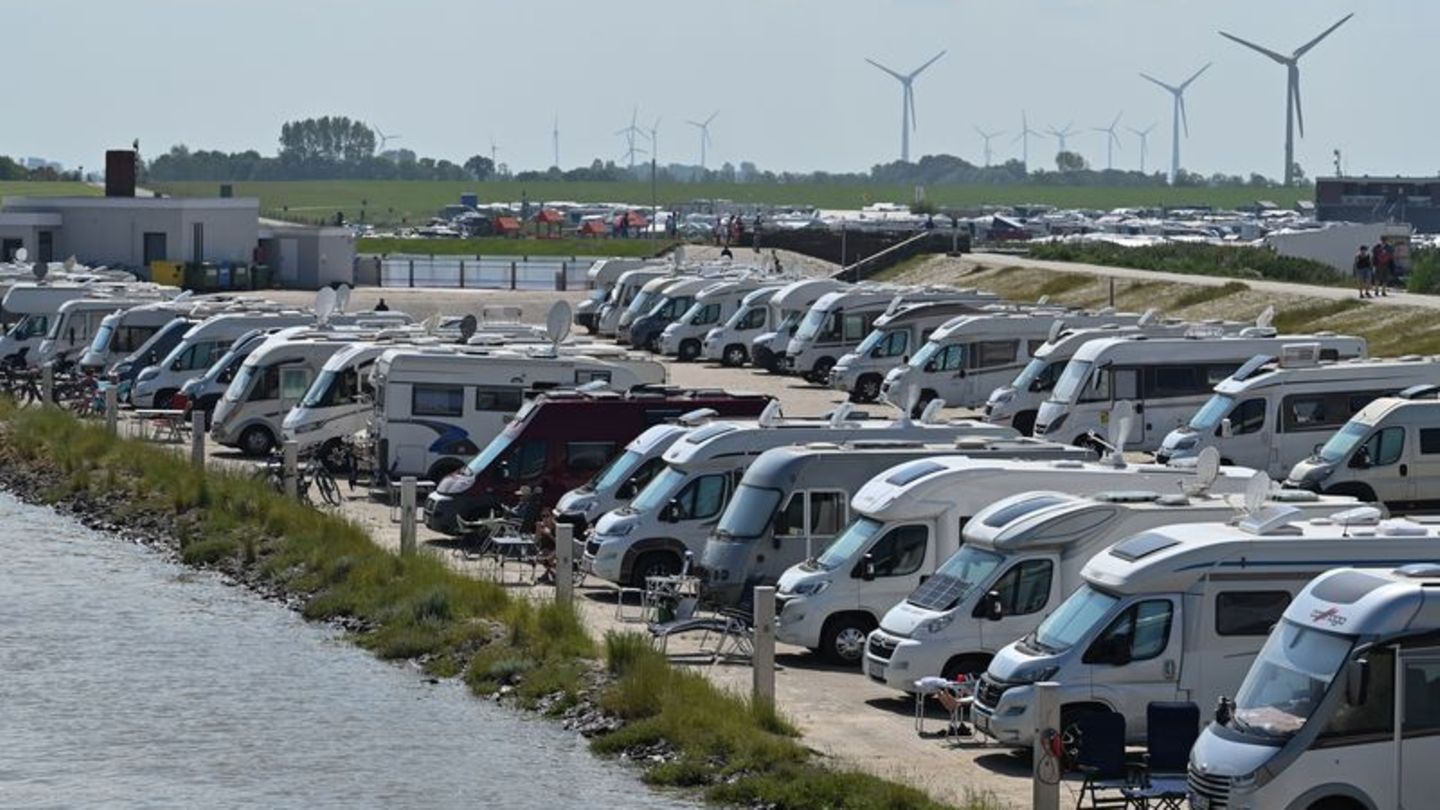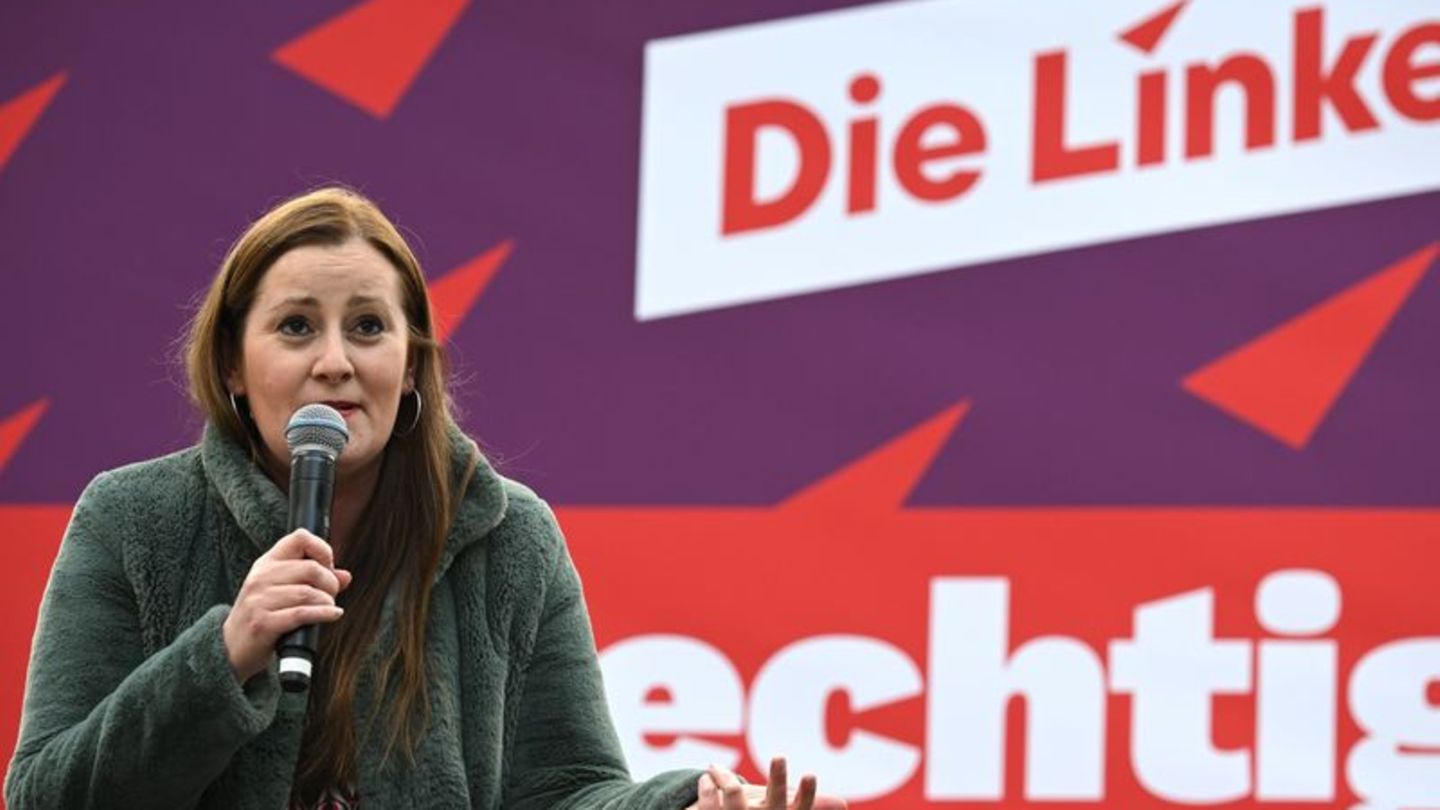The bag of cereals today estimated production for the 2023/24 fine campaign of 18 million tons for wheat and 5 million for barley, with year-on-year increases of 45% and 32%, respectively, in a context marked by “more uncertainties than certainties“, both due to climatic adversities and “the national political-economic context”.
In the seminar on agricultural perspectives “Agrotendencias 2023”, which was organized at the entity’s headquarters by the Federation of Grain Collectors, it was also specified that the planted area is expected to be 6.3 million hectares for wheat (3% more than in the previous campaign) and 1.3 million for barley, without variation in relation to the 2022/23 campaign.
The projections were released by the head of Agricultural Estimates, Cecilia Conde, who in turn warned about the differences between the producing areas in terms of climate prospects, with better water conditions in the southern area (South of the province of Buenos Aires) and with more severe problems in the Center-West (La Pampa, west of Buenos Aires and south of Córdoba).
For his part, in the Central-East region (Entre Ríos, Santa Fe, north of Buenos Aires and southwest of Córdoba), Conde announced that “the producer is going to sow with the right area”, and said that “what happens in the next few years will be crucial 15 to 30 days with rainfall”.
The president of the Grain Exchange, José Martins, assured that the fine wheat and barley sowing campaign will begin “with many more uncertainties than certainties”, while demanding from the political leadership in general “an understanding” of agricultural activity .
Martins considered the “atypical” nature of the meeting, since “instead of focusing on projecting growth models with the risks of the business (weather, prices), we will have to use our imagination to glimpse the future national political-economic context”.
“There is an agro-industrial chain willing to continue risking its own working capital and that of third parties, in an environment in which, in economic terms, this value chain suffered a worse negative impact than the pandemic”he asserted.
He also objected that during the pandemic “vast affected sectors received support policies and/or measures”, something that, he assured, “was not replicated” with the agricultural sector, “neither to alleviate the losses nor to finance ‘the revenge'” , in reference to recovery after Social, Preventive and Compulsory Isolation (ASPO).
“We need an understanding of our activity from politics,” he remarked, to explain that he was not claiming “no subsidies or perks, only a scenario of clear, sustainable rules that provide predictability to invest, generate foreign currency and employment in a federal manner.”
In this regard, in his double capacity as president of the Grain Exchange and of the CAA, he recalled that the latter entity presented in 2020 “an industrial policy plan for the next 10 years, with several axes not only in the sector, seeking to contribute to a reasonable macroeconomics and focused on job creation, the only way to reduce the current poverty rates”.
This proposal, he pointed out, “is not written in stone”, but rather “was prepared responsibly, including sectors outside our activity to generate a positive economic impact.” “Improve it, add your imprint, please don’t box it,” she demanded.
For his part, the specialist in Agroclimatology, Eduardo Sierra, said that “The fine campaign is going to make us suffer; the potential is there, but we are going to be at the limit.”
“For the next 15 years we will have to learn to work with climates like this and by working well, many things can be done, but if we continue to wait for years with excess water, we will be left with the desire,” he said.
In a review of the situation predicted for the coming months, he indicated that, next June, “the cavalry arrives” and the humidity conditions will improve, but “it is not the flooding El Niño” but “a Little Boy.”
After a July in which “the humidity remains,” Sierra remarked that, according to weather forecasts, August will be “the first month in which there will be more or less water everywhere.”
Source: Ambito




